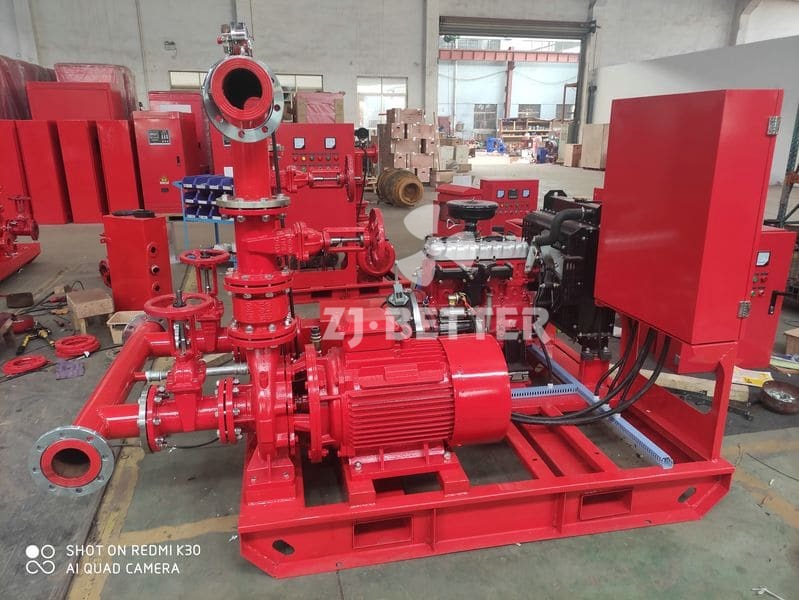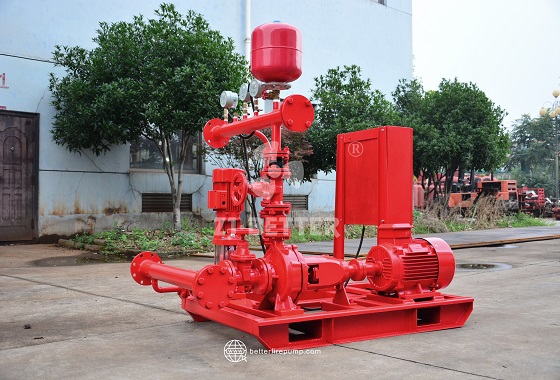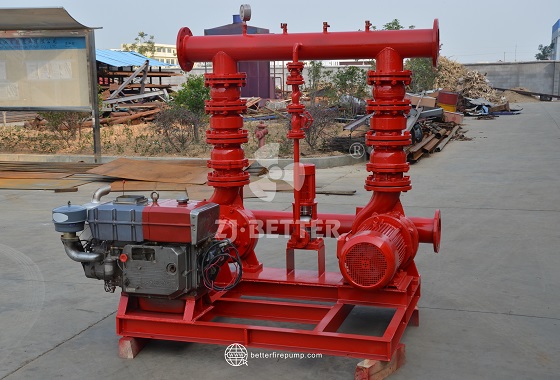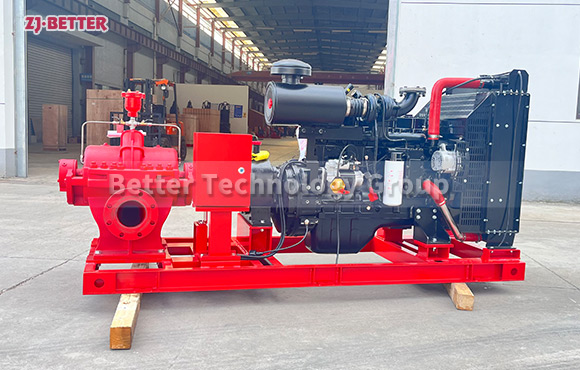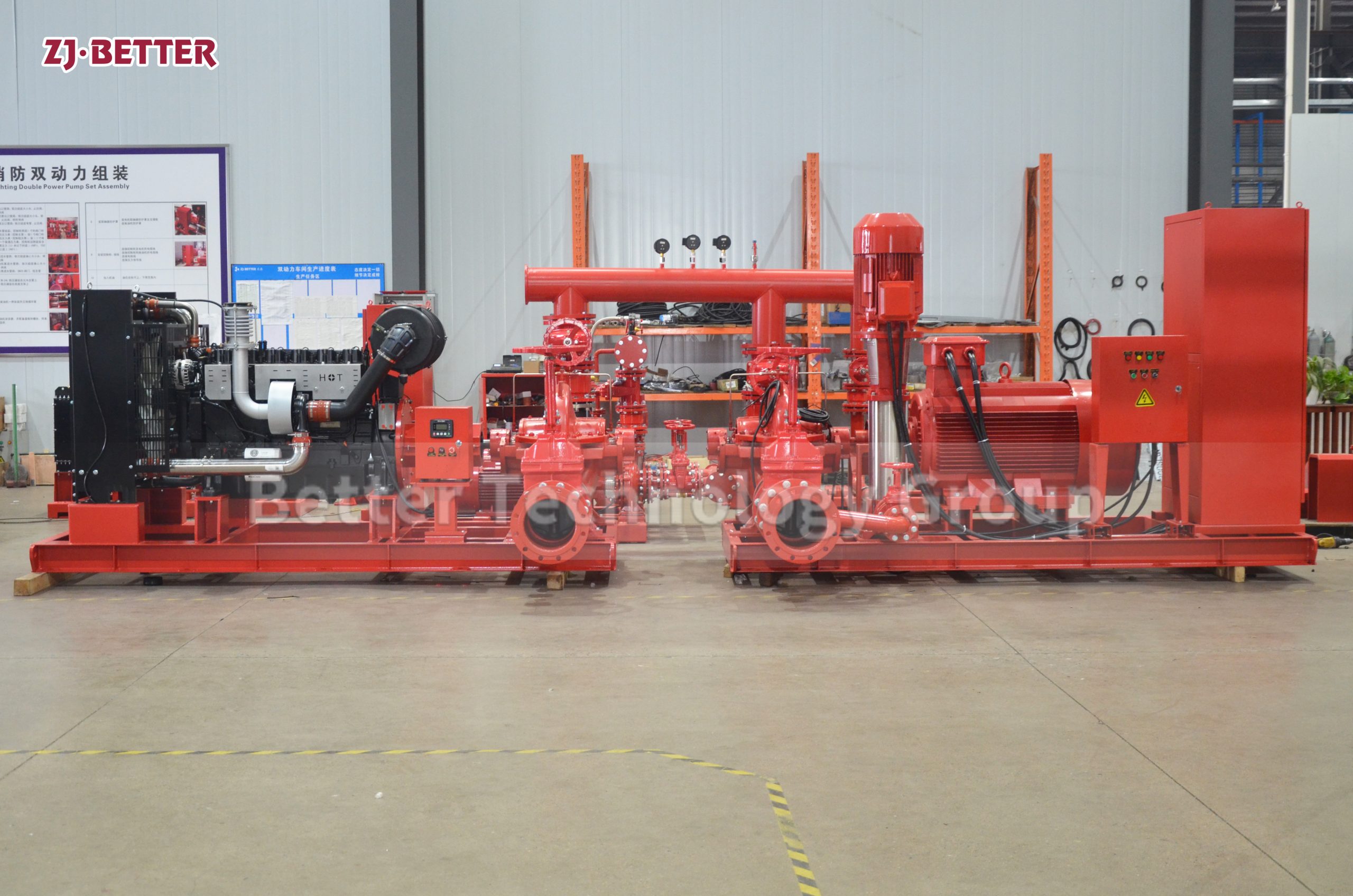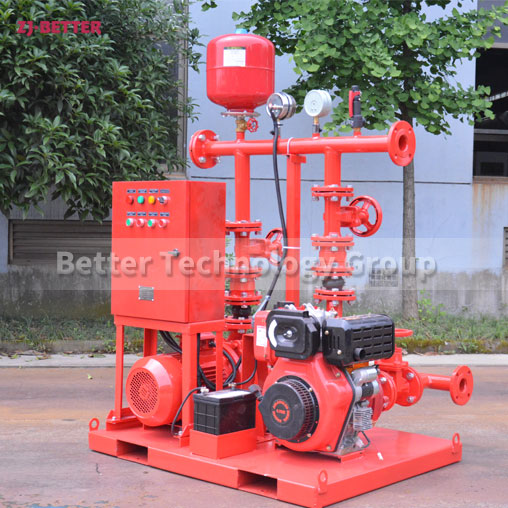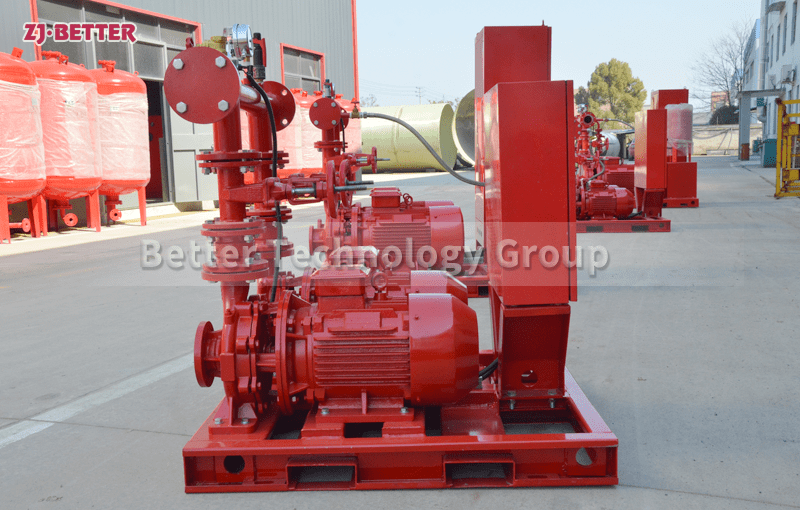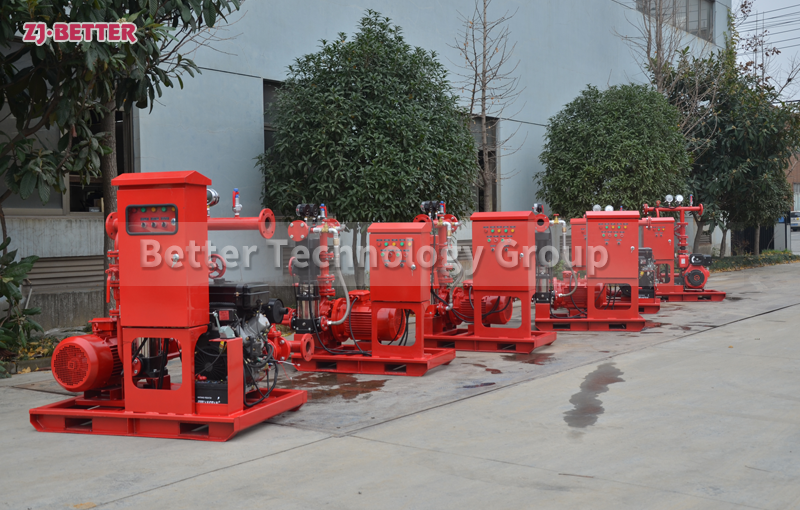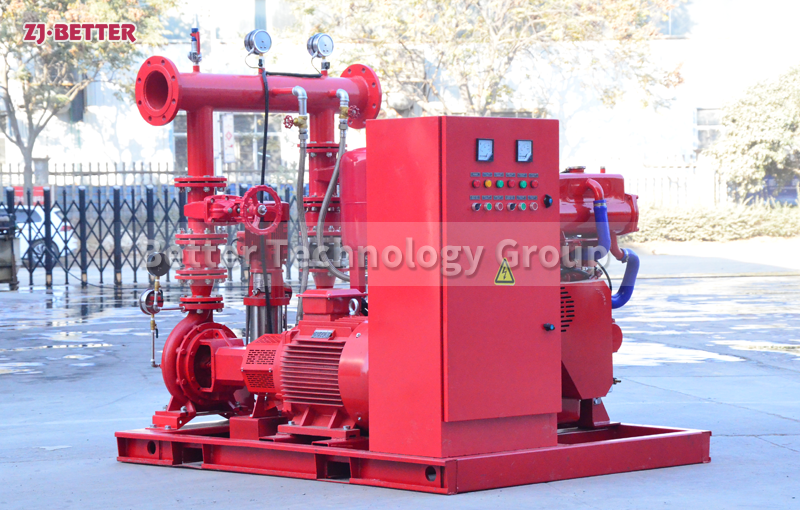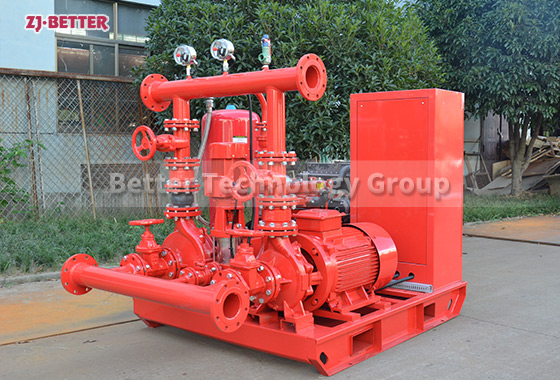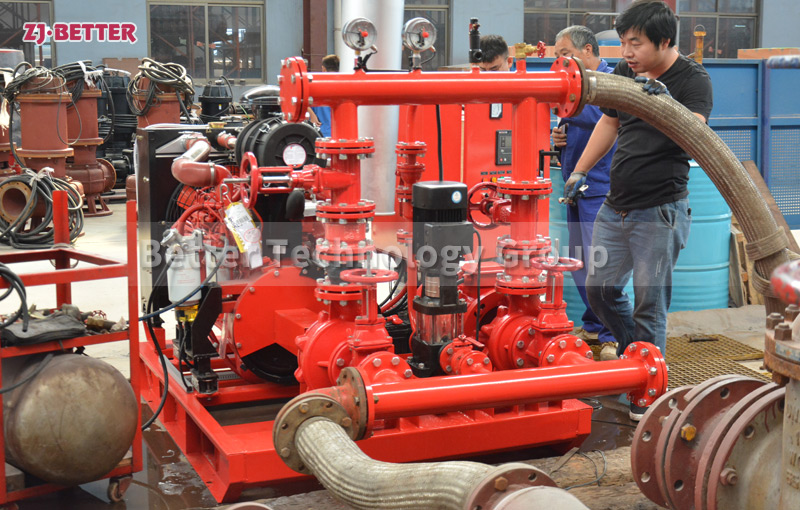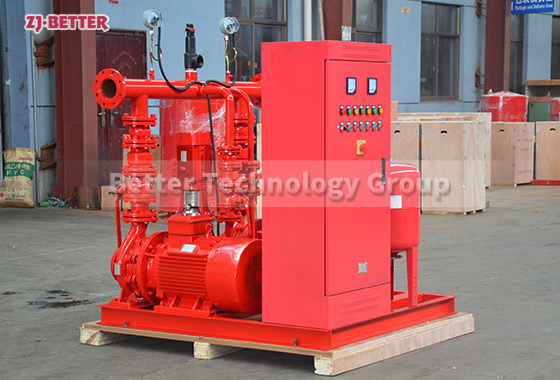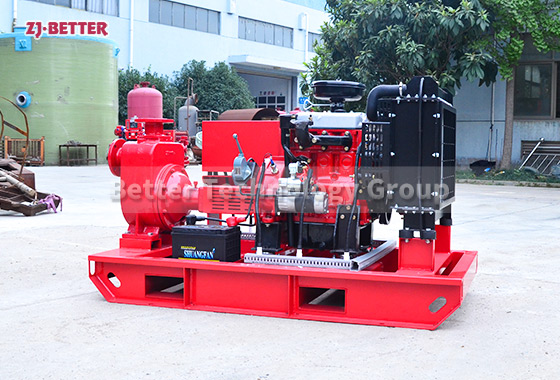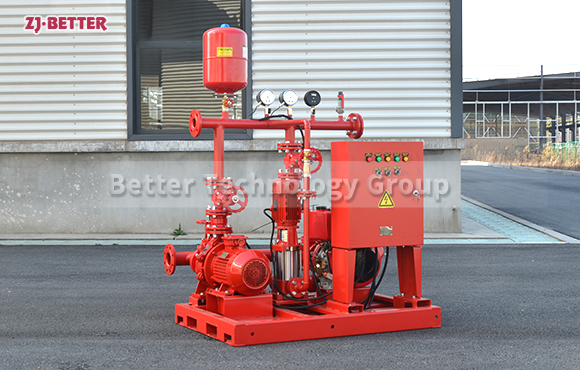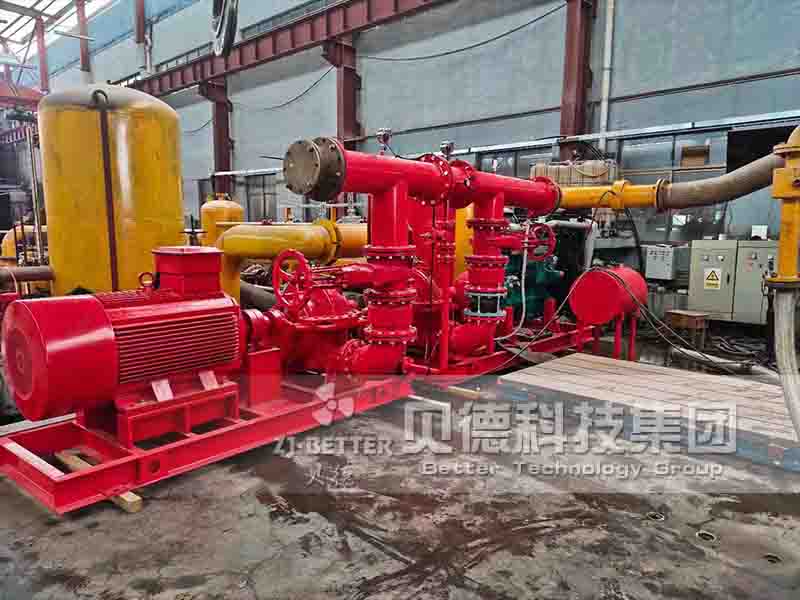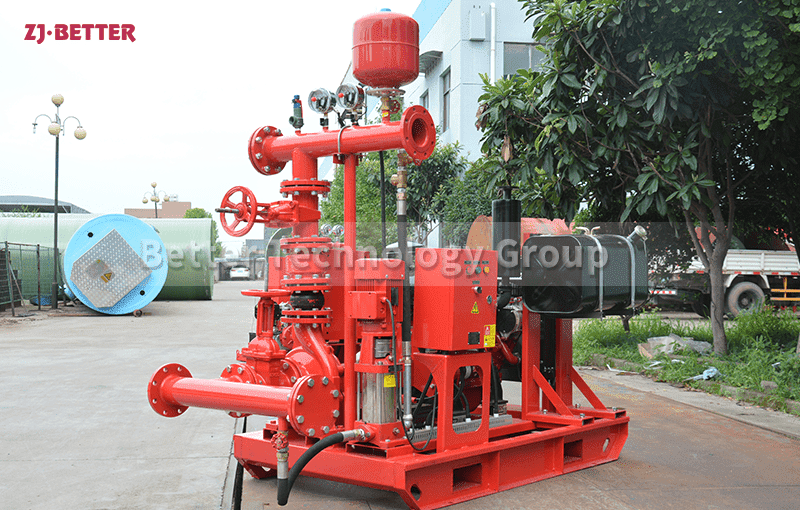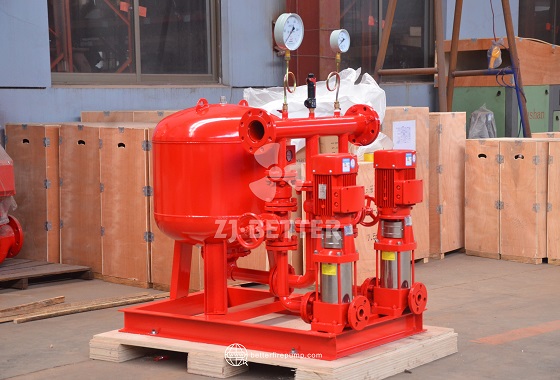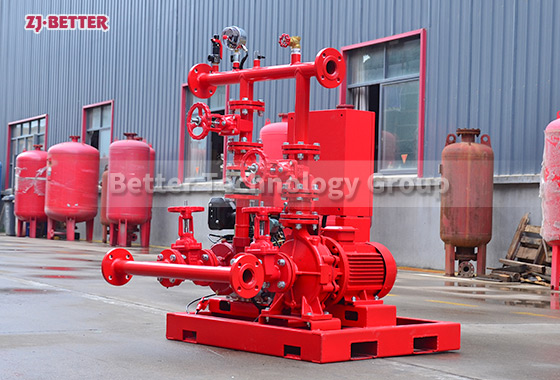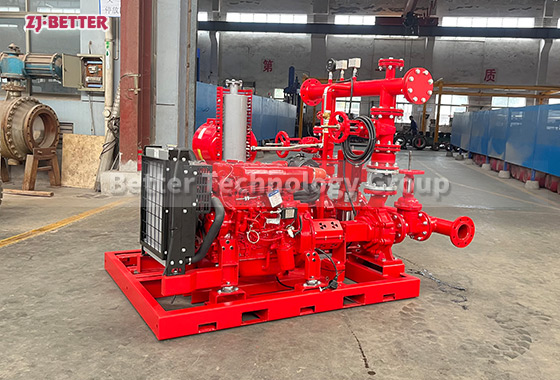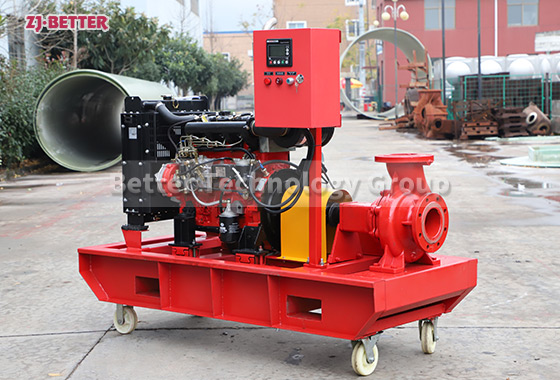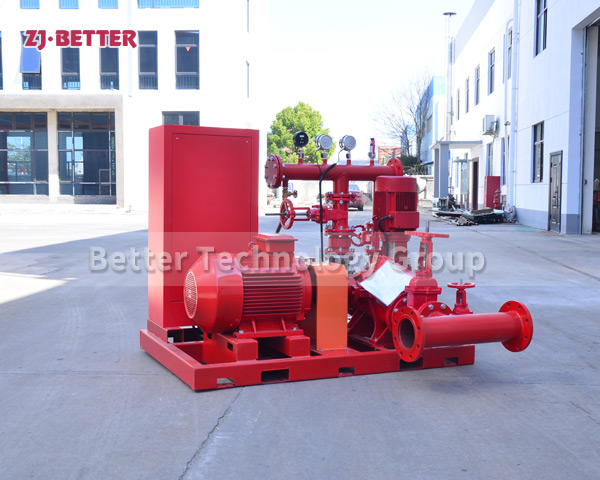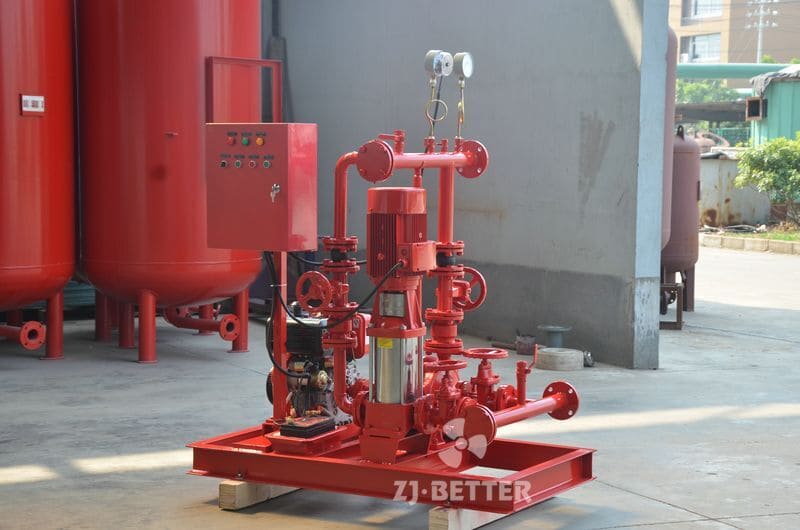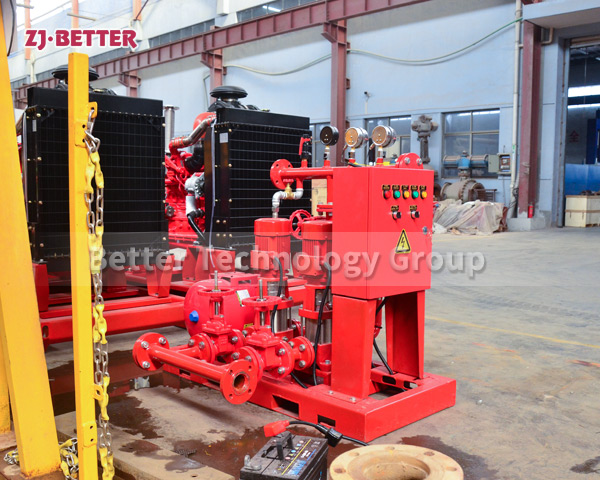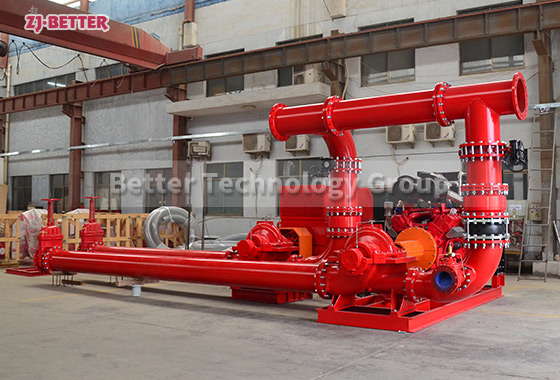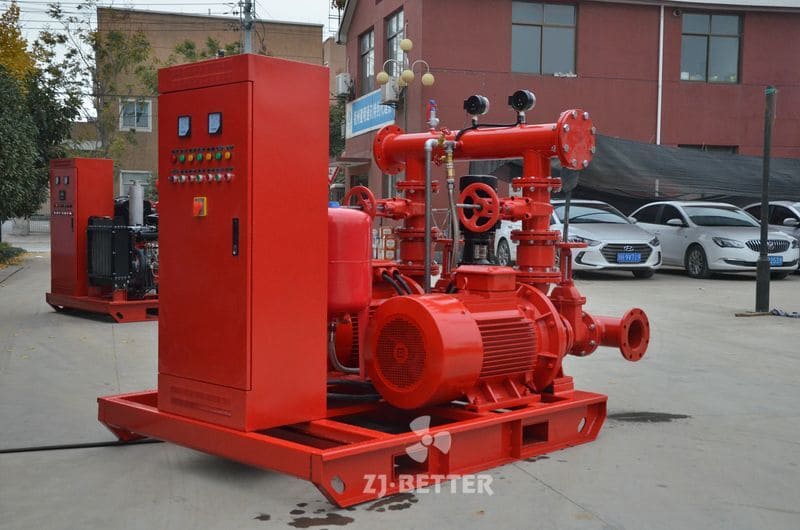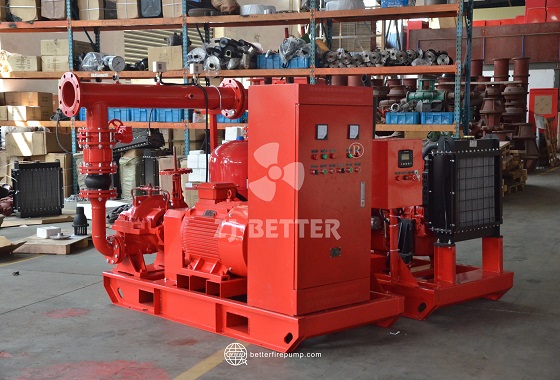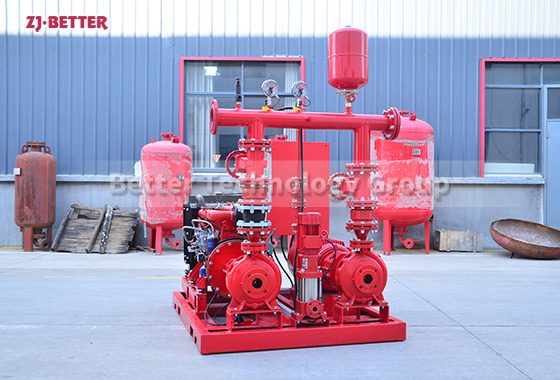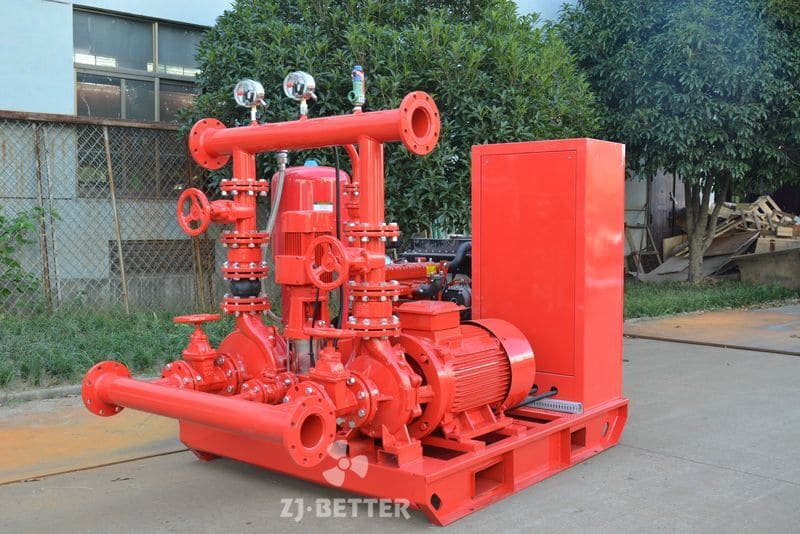How to Troubleshoot Common Fire Pump Issues
Learn how to identify and resolve common fire pump problems such as failure to start, low pressure, unusual noise, and controller faults to ensure reliable performance.
Fire pumps are critical components of your fire protection system, and any malfunction can compromise safety. Regular inspections and maintenance help prevent issues, but when problems do occur, knowing how to troubleshoot effectively can reduce downtime and prevent costly damage. Here are the most common fire pump problems and how to fix them.
1. Fire Pump Won’t Start
Possible Causes:
-
No power or blown fuses (electric pumps)
-
Dead batteries (diesel pumps)
-
Faulty start signal or controller issue
-
Pressure switch malfunction
Troubleshooting Steps:
-
Check the power supply and breaker panel
-
Test battery voltage and charge status
-
Ensure controller is receiving a start signal
-
Replace or calibrate the pressure switch if needed
Tip: Always confirm that the controller is in “automatic” mode.
2. Pump Starts but No Water Flow
Possible Causes:
-
Suction valve closed or blocked
-
Air-locked system
-
Pump not primed (especially vertical turbine pumps)
-
Obstructed discharge piping
Troubleshooting Steps:
-
Verify suction and discharge valves are fully open
-
Bleed air from the system if airlock is suspected
-
Check for clogged strainers or pipe obstructions
-
Ensure water supply is adequate
3. Insufficient Pressure or Flow
Possible Causes:
-
Worn impeller or internal damage
-
Incorrect pump sizing
-
Blocked suction line or high friction loss
-
Cavitation due to low inlet pressure
Troubleshooting Steps:
-
Measure discharge pressure and compare to design specs
-
Inspect impeller and casing for wear or damage
-
Confirm correct pump type and size for application
-
Check for suction line leaks or restrictions
4. Excessive Noise or Vibration
Possible Causes:
-
Misaligned motor and pump shaft
-
Worn bearings
-
Cavitation (air or vapor bubbles in suction)
-
Loose mounting bolts
Troubleshooting Steps:
-
Check shaft alignment using laser or dial indicators
-
Inspect and replace worn bearings
-
Eliminate cavitation by improving NPSH (Net Positive Suction Head)
-
Tighten all mounting hardware
5. Controller or Alarm Malfunctions
Possible Causes:
-
Electrical short or corroded terminals
-
Software or relay fault in controller
-
Pressure transducer failure
Troubleshooting Steps:
-
Inspect all wiring and clean connections
-
Reset or replace faulty controller components
-
Calibrate or replace pressure transducers
6. Diesel Pump Fails to Run Continuously
Possible Causes:
-
Fuel contamination or clogging
-
Overheating due to blocked radiator or insufficient coolant
-
Exhaust system blockages
-
Malfunctioning governor or speed controller
Troubleshooting Steps:
-
Clean fuel system and replace filters
-
Flush radiator and top off coolant
-
Check and clean exhaust outlets
-
Adjust or replace faulty engine control components
Conclusion
Troubleshooting fire pump issues requires a systematic approach and knowledge of both mechanical and electrical systems. Early detection and correction not only minimize repair costs but also ensure your fire protection system remains reliable when needed most. If problems persist or you’re unsure, always consult with a certified fire pump technician or your pump manufacturer.


